In plastic injection molding, speed, pressure, and temperature are the three most important parameters that control the quality of each molded part. Specifically, injection speed determines how the molten plastic is injected in to the mold cavity and into what extent it’s packing facility with high pressure to generate a solid part. The faster a machine injects the molten plastic into the mold tooling press, more would be oriented will be final part material molecules.
Injection Speed is one of these parameters which strictly determine overall product performance and its also related with aesthetics of product since lower speeds contribute in product surface defects.
Factors Affecting the Choice of Injection Speed
One of the important process parameter which affects the quality of the molded part to a large extent is “Injection speed”. The injection speed decides how fast the material is injected into the mold. If it’s too slow, then the material tends to cool down even before flowing completely inside the cavity and results in cold slug formation (cooled/hardened material which flows with/in front of actual material). Also if low injection speeds are used then many times complete filling does not take place, i.e., there are unfilled/gaps in part – again affecting its fill and final product use.
1. Material Type and Viscosity
Different plastic materials react quite differently to heat and pressure. ABS, Polypropylene (PP), Polycarbonate (PC) all have different flow properties. A high viscosity plastic will need a slower injection speed to ensure uniform fill of the cavity where as a low viscosity plastic can be injected at higher speeds using a high speed injection molding machine.
2. Part Geometry & Wall Thickness
The part’s geometry largely determines the injection speed. In particular, thin-walled parts or parts with long flow paths require fast injection molding to prevent the molten plastic from solidifying before all sections have filled.
3. Mold Design and Gate Configuration
A well-designed injection mold able to determine the appropriate injection molding speed, The amounts along with locations of gates that directly impact the arriving process of molten plastic into the mold. If they are too small or far from thick sections, higher injection speed will be required to fill up cavity quickly.
In high-performance plastic mold manufacturing, especially when producing automotive or electronic plastic parts, the flow behavior should be analyzed by Autodesk Moldflow or other similar software before injection speed is set on machine.
4. Cooling System Efficiency
The cooling stage of plastic injection molding impacts cycle time and product quality. In cases where high precision is required, such as electronic or medical plastic parts production, the cooling rate must be in synchronization with the injection speed to achieve a perfect surface finish and part dimension.
How to Determine the Right Injection Speed
One of the most important factors that impact plastic parts manufacturing quality is the injection molding speed. The right injection speed affects on how molten plastic fills into a mold cavity, cools down and form finishes product surface. Otherwise, wrong injection speed in injection molding process may cause defects such as short shots, flash, warpage or even unacceptable dimensional differences. As a result, engineers and operators need to research and take control over injection molding process to make it more accurate and productive.
1. Educate material characteristics
Different plastics have different flow characteristics. For example, materials like polypropylene (PP) and polyethylene (PE) have high melt flow rates and can be injected at higher speeds. On the other hand, materials like ABS or polycarbonate (PC) need moderate injection speeds to prevent burn marks or jetting. The plastic injection molding operator should learn about the melt flow index (MFI), viscosity, and cooling property of the material chosen before deciding on the speed.
2. Study the Mold Design and Geometry
The injection mold design should distribute the molten plastic uniformly before solidifying. Flow paths, gate locations, and runner sizes should be uniform to ensure this. Engineers can try different speed profiles with help of injection mold design software to get the best one. Modifying gate sizes/locations, vent positions, cooling channel etc. could possibly make that grade better.
3. Evaluate Wall Thickness and Flow Length
Higher injection speed is needed in injection molding when the wall thickness is thinner so as to avoid premature solidification of the molten plastic before the cavity is filled completely. If there are long flow paths in a part, with high speed injection molding machines, the melt can also arrive at the farther section before temperature and pressure decrease. Conversely, for applications with thicker walls, lower speeds may be used since the melt would remain melted for a longer period of time.
4. Utilize Process Monitoring and Information Systems
Today, almost all machine builders offer process monitoring systems as options on their machines. These systems either monitor the cavity pressure, temperature and fill time in real time or sample the data every few milliseconds or seconds. Based on this information, the injection speed can be adjusted dynamically to maintain part quality.
High Speed Injection Molding Applications
High Speed Injection Molding is one of the most advanced and efficient methods to manufacture plastic parts. Manufacturer produces high precision injection molded components at high speed with consistent quality if they are produced on a high speed injection molding machine. Hence this process is used in the industries demanding accuracy, speed and repeatability in their plastic parts production.
1. Automotive Industry
Within the automobile industry, industrial injection molding makes use of high speed plastic injection molding machines for production of lightweight plastic parts. Dashboards, door panels, bumpers, electrical housings and interior trims are just some examples of components & parts made by industrial injection molding. High-speed-injection-molding is required to ensure each part meets exact tolerance and dimensional requirements as more often than not these components need to be assembled with the help of other precision engineered parts.
2. Electronics and Consumer Goods
Thin, precise and heat-resistant parts are needed for the electronics industry. High speed injection molding is perfect to create smartphone casings, electrical connectors, and small mechanical switches. These components have a high requirement on dimensional accuracy. It means that injection molding machine has to keep the best plastic flow speed during the whole production cycle.
3. Medical and Healthcare Devices
High precision molding produces complex, sterile and reliable plastic parts for the medical industry. Syringes, IV connectors, diagnostic cartridges and implant casings are made by manufacturers using high speed injection molding machines with incredible accuracy.
Conclusion
In the plastic injection molding world, that right balance is how fast or slow should you run an injection molding machine to make parts. The answer is start slow and gradually get faster until you can fill the part to 99% of its ideal fill rate and complete the cycles consistently from shot to shot and run to run (or as close as possible).
There are a few primary controls in the speed category, but speed over time rated in inches per second or mm per second is typically what we are referring to when we talk about injection molding speed. However, here’s a list of some other speed variables for reference:
- Injection Speed
- Fill time
- Injection Pressure
- Sink Rate
The reason that “speed” is generally considered the most important control in controlling how well melted plastic fills into your mold cavity at high speeds (or even low) is because it tends to effect on pretty much everything else including cooling times.

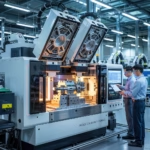
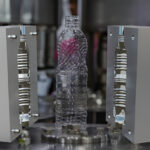
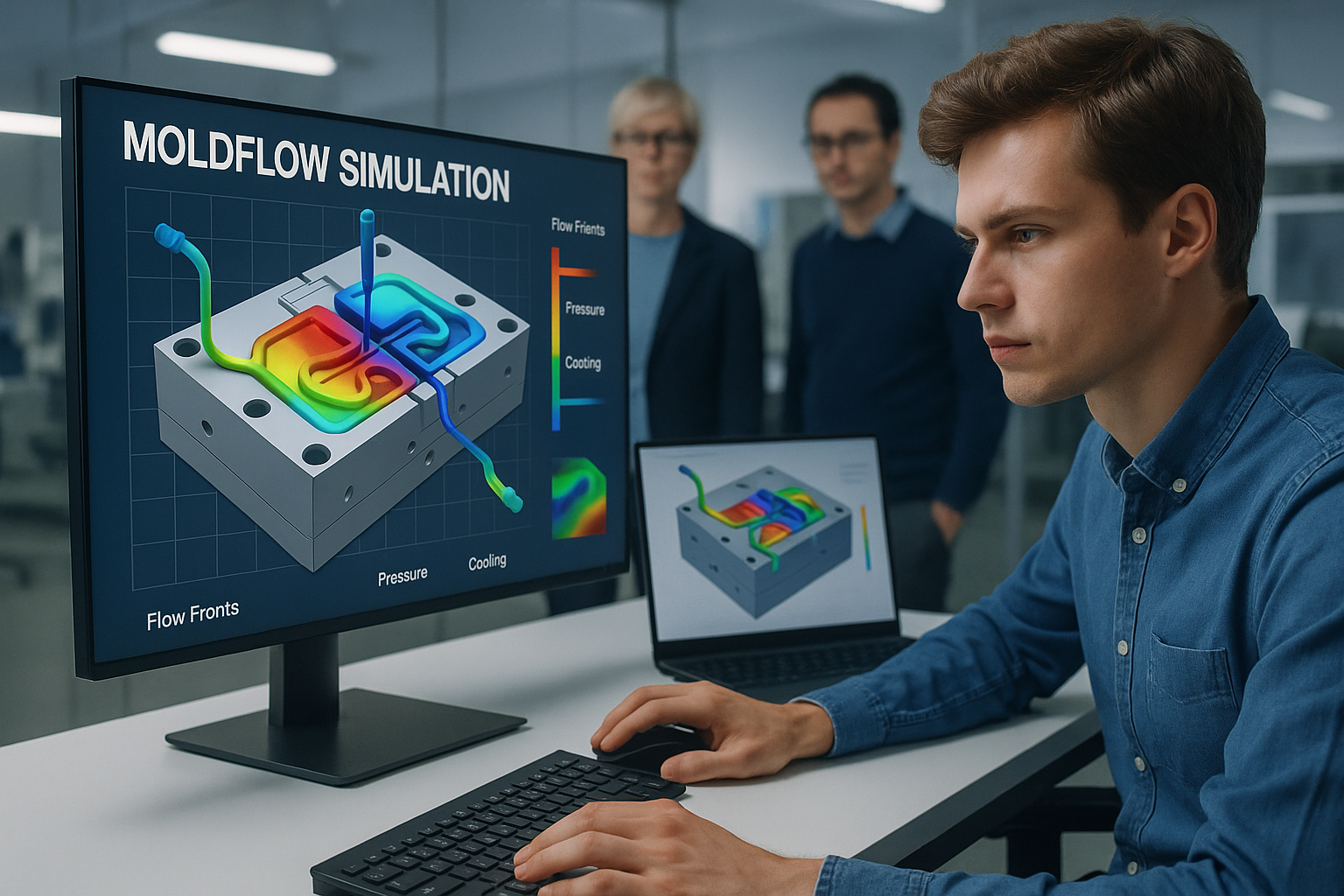
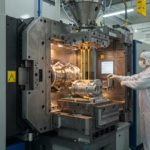
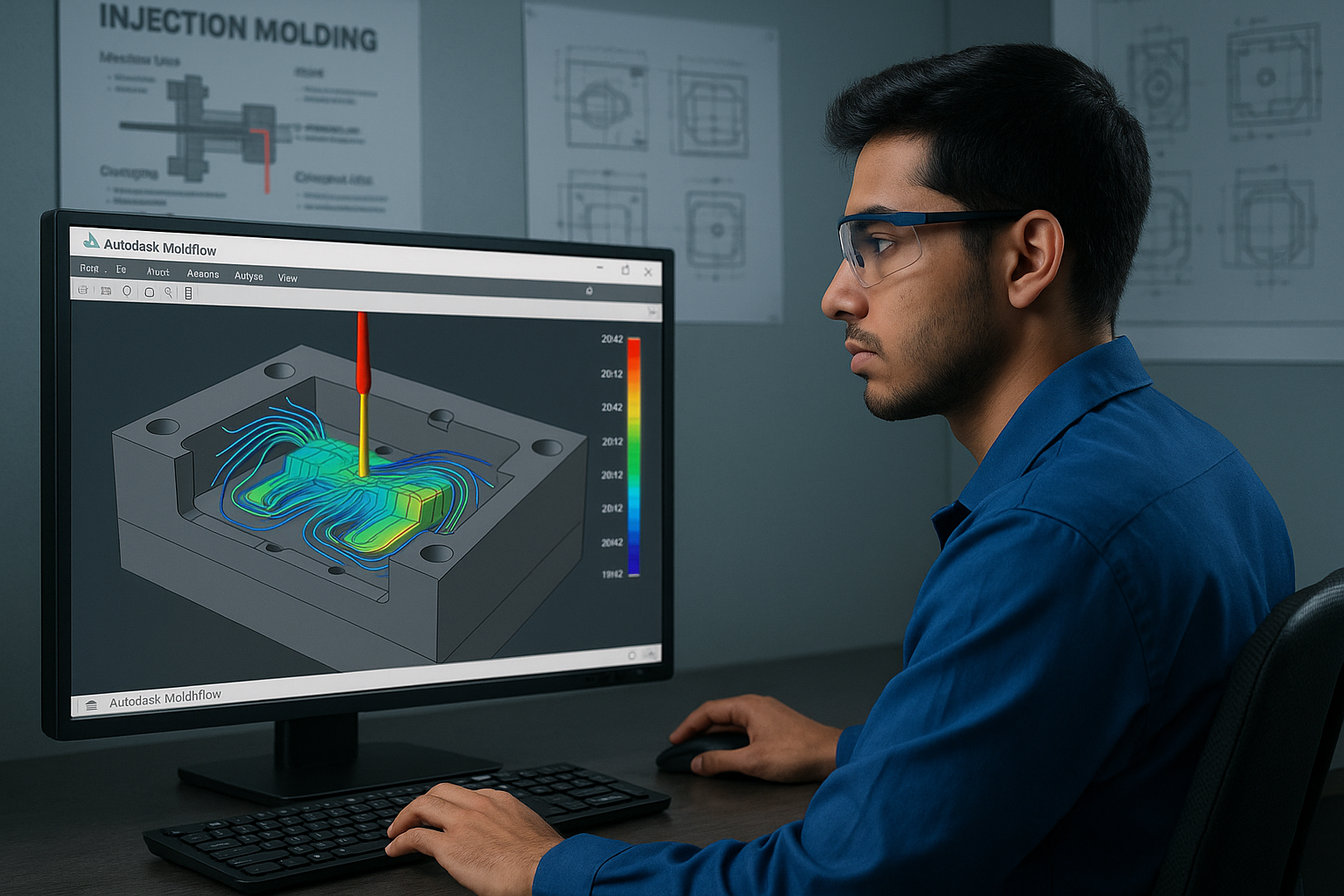
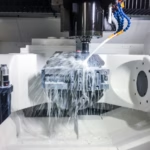
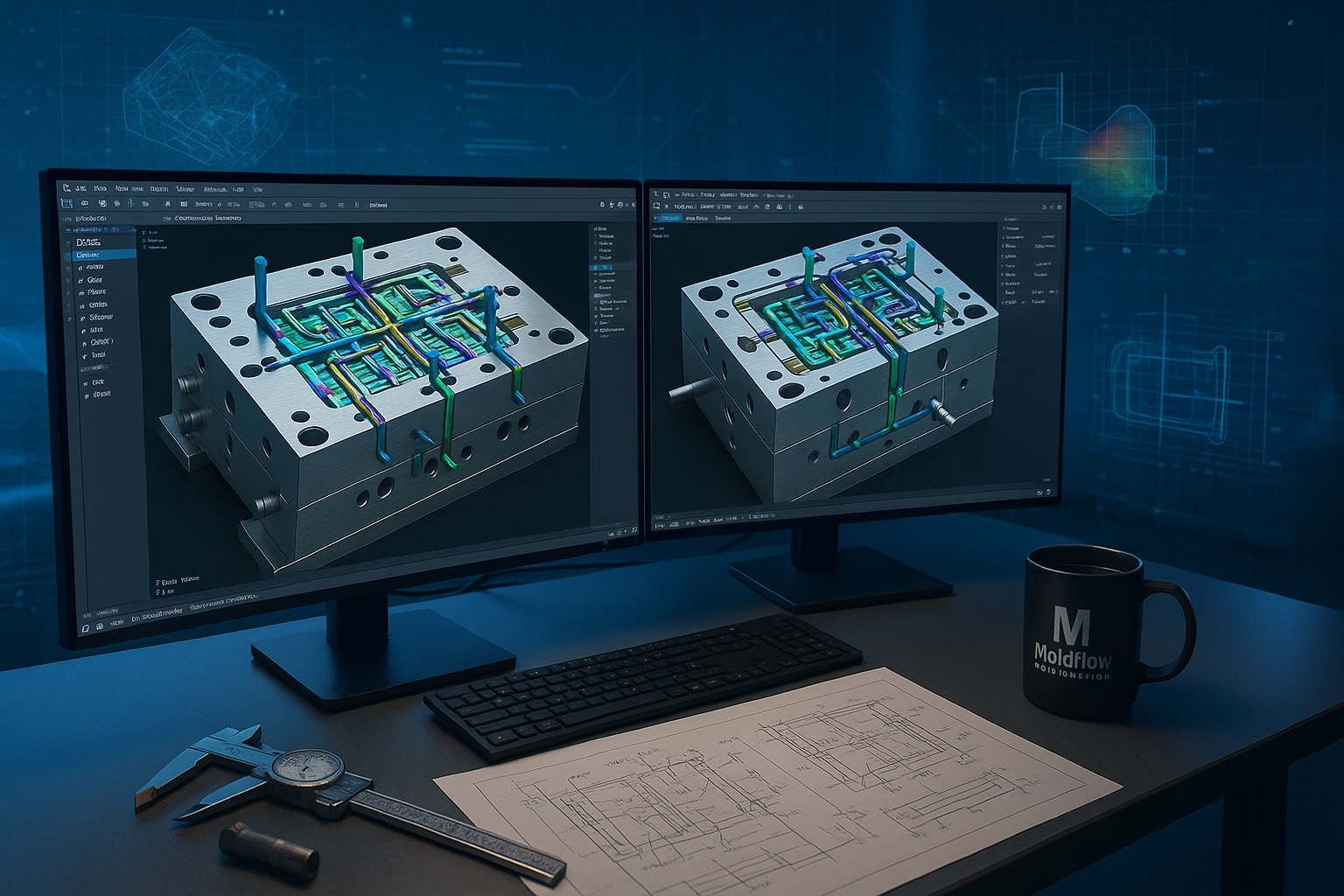
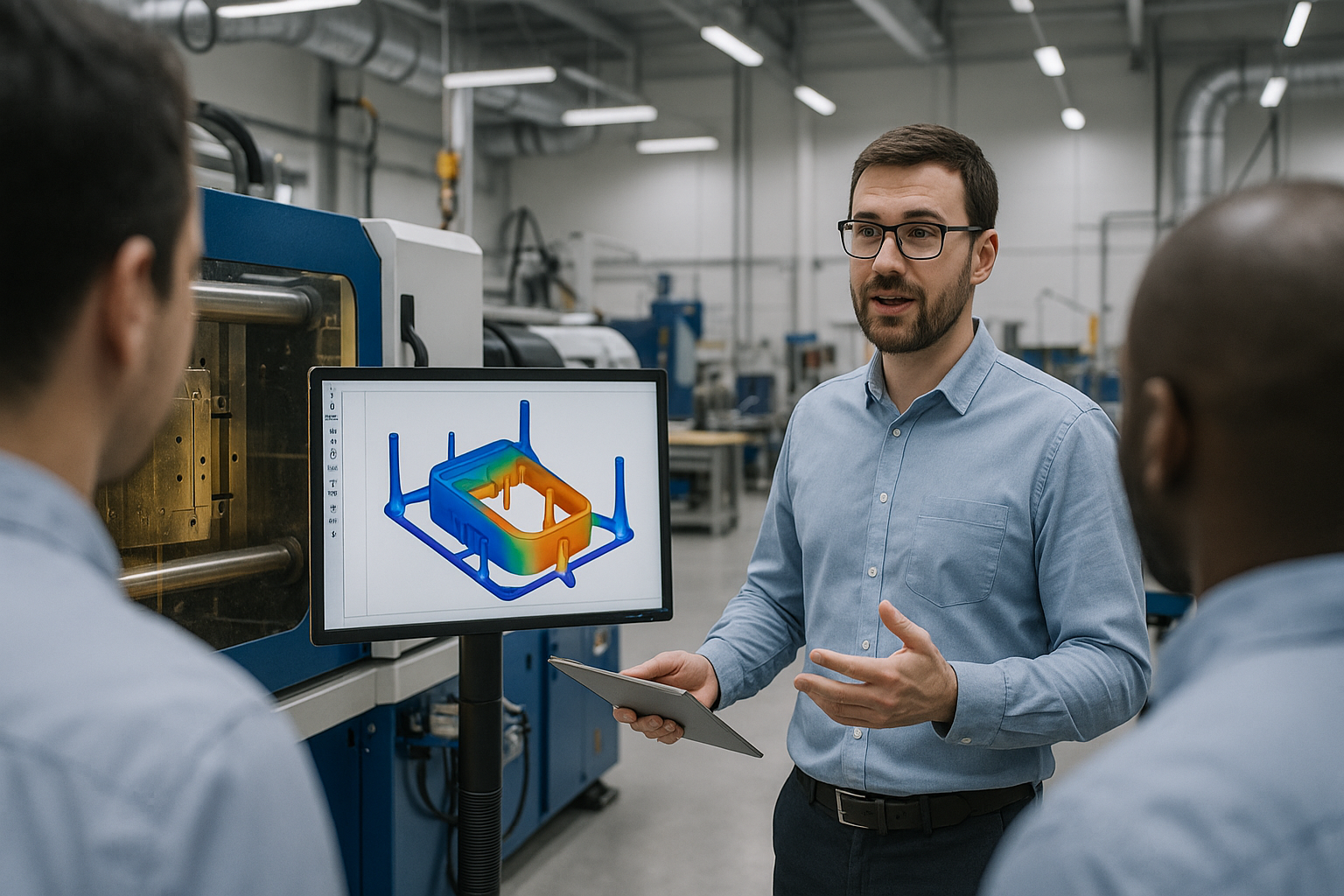
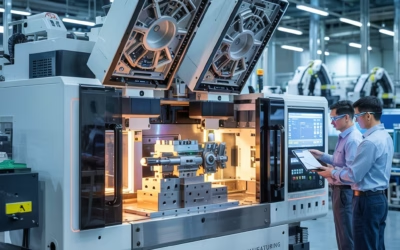
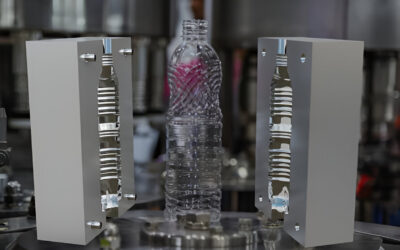
0 Comments